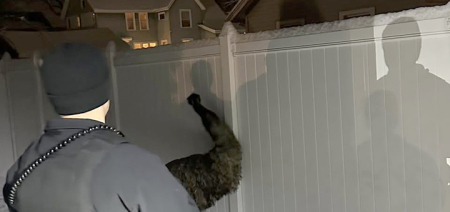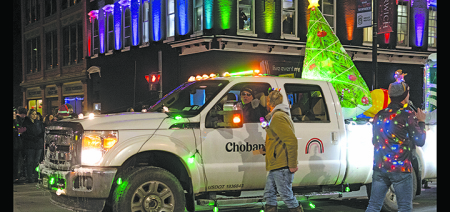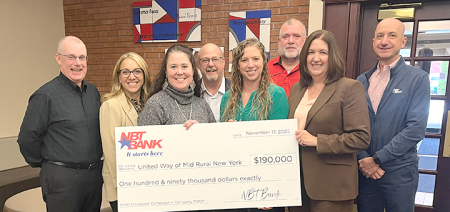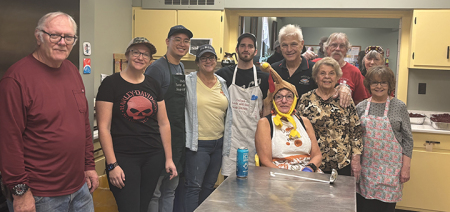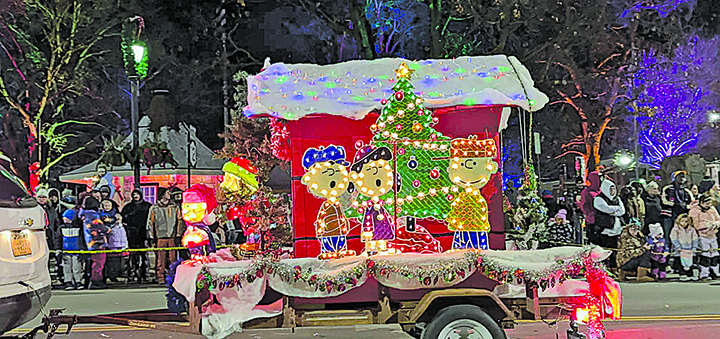Village Of Oxford Addresses EMS Coverage And Response Issues
Published:
June 24th, 2025
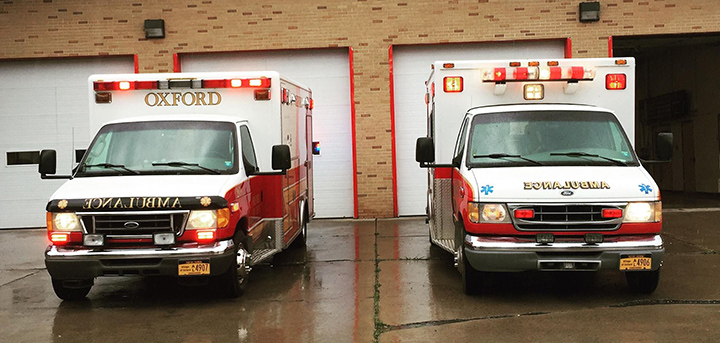 The Village of Oxford issued a statement to citizens regarding emergency medical services coverage and officials said they are working to address the needs of this critical community service. (Submitted photo)
The Village of Oxford issued a statement to citizens regarding emergency medical services coverage and officials said they are working to address the needs of this critical community service. (Submitted photo)
OXFORD – The Village, in response to citizen concerns regarding Emergency Medical Services (EMS) coverage and wait times, is redoubling efforts to address these critical community services. Oxford, like other rural areas of the state, recognizes ambulance coverage and wait times are not consistently meeting public expectations.
The Village has undertaken numerous steps to improve EMS services during the last several years. However, more public awareness is needed regarding the challenges of providing and funding EMS in rural areas. A lack of volunteers and funding shortfalls have thrown EMS systems into crisis. In response, a coalition of state, county and local lawmakers and advocates have been working on a package of legislation to strengthen local EMS services. Part of the Village’s role is to inform the community of local efforts to improve EMS Medical services.
Village EMS in August of 2020 implemented a program to improve emergency medical services and transports of patients to hospitals by utilizing paid part-time staff during the hours from 8:00 AM to 8:00 PM seven days a week. The program was designed to improve daytime/early evening response rates to 80-90% by July of 2024 and reduce mutual aid to less than 20%. This would address 80% of historical emergency medical services calls in Fire District #23. The district plus the Village of Oxford and 145 properties of the dissolved Brisben Fire District covers more than 65 square miles serving more than 5,500 people who live, work, or visit the area. The remaining 20% of calls during late night and early morning are by mutual aid or volunteers that have long served the community. Prior to hiring staff, EMS began billing services in 2017 and by 2020 had accumulated a $ 177,000 reserve for personnel costs. District taxes continued to pay for operational costs (vehicle maintenance, equipment, and fuel).
Many factors led to the need for paid staff and patient billing. Lack of timely response during daytime hours was the most significant. Volunteers were committed to full-time jobs outside of the area. Also, there was a decrease in volunteers willing and able to complete the training time in basic (BLS) and advanced life support (ALS) medical services. Paramedics needed two full-time years of training, clinical experience, and testing. While many were interested, the tasks to become a member was often too daunting as a volunteer. Paid staff was also necessary because the City of Norwich and Greene EMS had been overburdened with many Oxford calls during prior years.
The Village has 12 part-timers working three 12 hour shifts bi-weekly. This is 8,760 hours per year and equivalent to four full-time employees. Total cost including payroll taxes and required benefits is about $230,000. The cost is offset with Billing charges of about $200,000 resulting in a reserve depletion of about $15,000 per year. At this current rate, the EMS reserve would be depleted by mid-2029. Consequently, Fire District #23 property taxes would have to increase by a minimum of 10% or EMS service in the community would have to be suspended. Should this occur, it would be unrealistic to expect other local EMS providers to pick up the service for the more than 5,500 people in the 65 square mile area of Fire District #23 at lesser costs and response times.
Compounding this problem is public expectations that EMS service should be 24 hours a day seven days a week. Assuming we could recruit 15 -18 part-timers to provide 24-7 coverage, it would cost about $460,000 per year for staff. This would entail paying twice as much to pick up about an additional 20% of missed calls during the hours from 8 PM to 8 AM. Said differently, we would have to pay an additional $230,000 per year to receive revenue of about $130,000. Instead of eroding our reserves by about $15,000 per year, we would lose about $115,000 per year. The Fire district would have to make up the difference with another significant increase in property taxes.
After an extensive review of challenges and potential solutions, the Village Board concluded the following:
1. Oxford EMS could not remain primarily a volunteer organization.
2. Oxford EMS needed paid staff during the daytime when volunteers are at a minimum.
3. Billing insurance/patients for transports is the most optimal method to pay for costs of paid staff.
4. Current Labor Pool is insufficient to support 24-7 coverage.
5. Extending a program beyond 12 hours is cost prohibitive.
The conclusions were based upon the objective to re-establish acceptable service levels, reduce mutual aid calls, and remain compliant with state-mandated TAX CAP requirements. The 12-hour schedule of paid service was deemed the most cost beneficial to residents in the Oxford EMS service area. This would allow the Village to continue to provide EMS services through mid-2029 within current projected budget resources, This would also allow Town, County and State officials adequate time to coalesce plans to increase the pool of firefighters and EMS members to provide a high level of service at the most reasonable costs throughout all rural areas.
Additional information regarding these issues can be found at www.villageofoxfordny.gov. Also, The Village plans to conduct a Public information forum this summer to address the long-term Oxford Fire Department and EMS needs and will seek community feedback regarding how best to provide
- from Oxford Mayor Terry Stark, EMS Captain Mark Forrest
Comments
